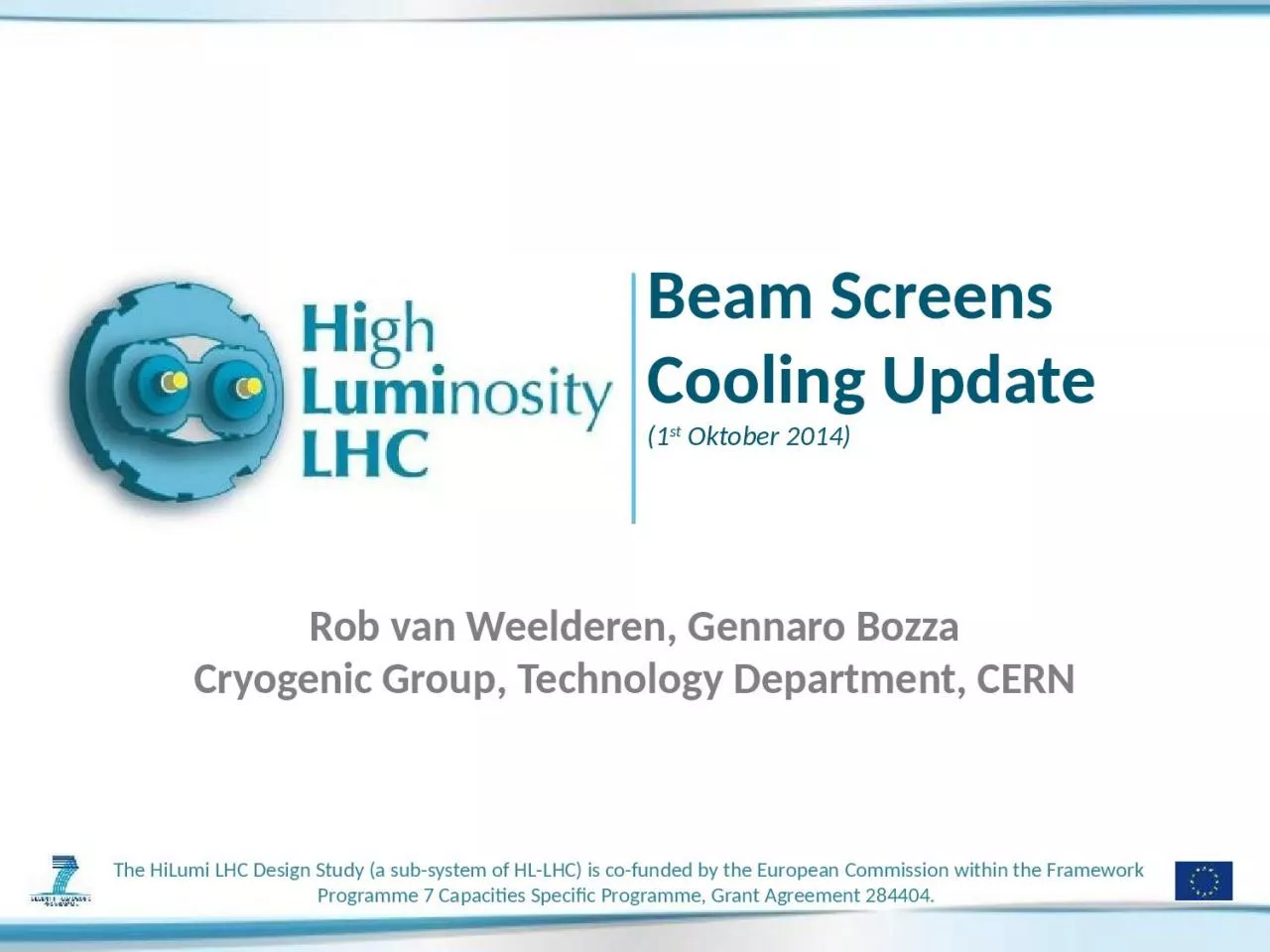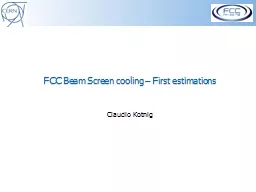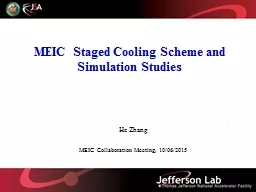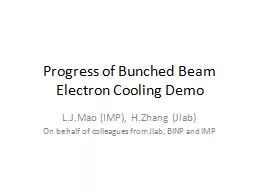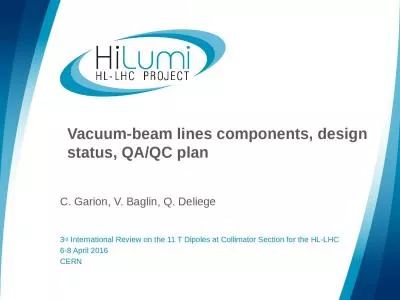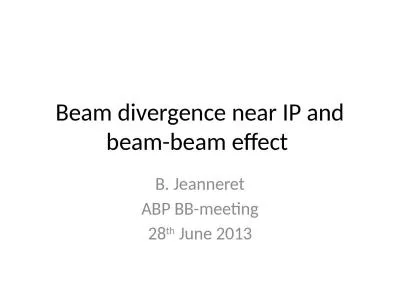PPT-Beam Screens Cooling Update
Author : gagnon | Published Date : 2024-01-29
1 st Oktober 2014 Rob van Weelderen Gennaro Bozza Cryogenic Group Technology Department CERN Overview Fluka Heat Loads Explicit Design Margins Beamscreen cooling
Presentation Embed Code
Download Presentation
Download Presentation The PPT/PDF document "Beam Screens Cooling Update" is the property of its rightful owner. Permission is granted to download and print the materials on this website for personal, non-commercial use only, and to display it on your personal computer provided you do not modify the materials and that you retain all copyright notices contained in the materials. By downloading content from our website, you accept the terms of this agreement.
Beam Screens Cooling Update: Transcript
Download Rules Of Document
"Beam Screens Cooling Update"The content belongs to its owner. You may download and print it for personal use, without modification, and keep all copyright notices. By downloading, you agree to these terms.
Related Documents

